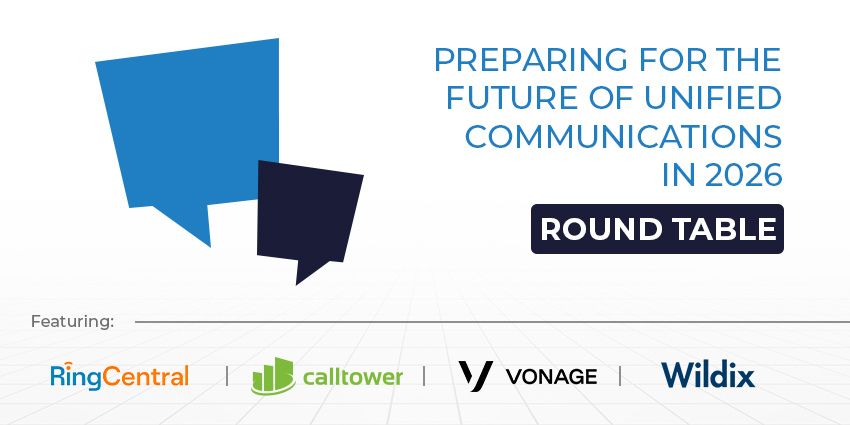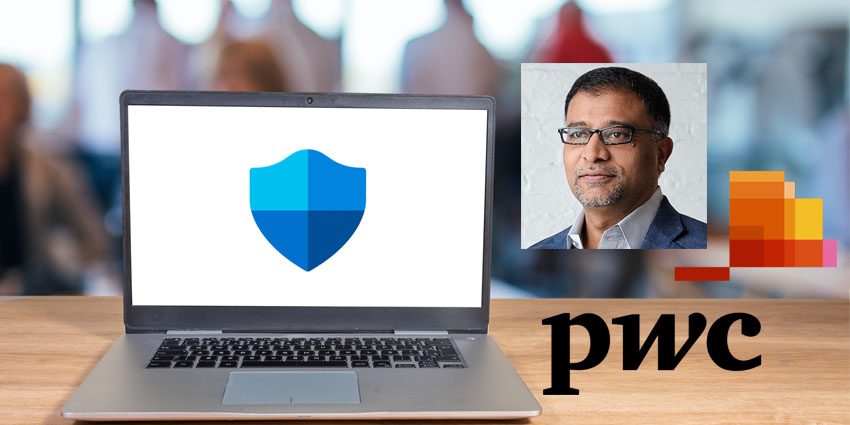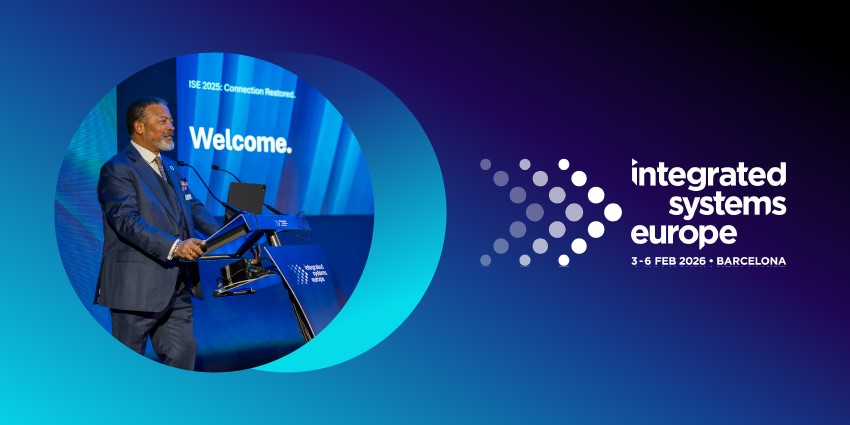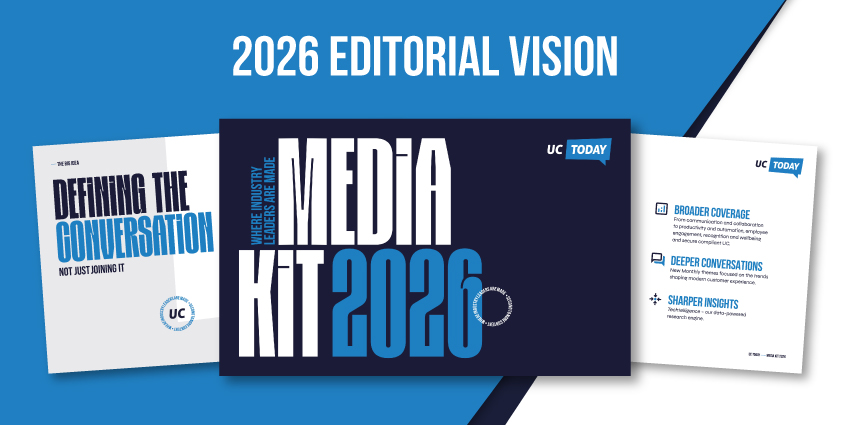A recent worldwide study entitled: “The Internet of Things: Today and Tomorrow“, has been published by a company called “Aruba” belonging to HP. The report suggests that IoT is likely to be widespread very soon, as around 85% of companies surveyed have a plan to begin implementing this business solution by 2019, driven by an overwhelming desire for business efficiency and innovation.
Although the analysis confirms that businesses are benefiting from investments in IoT, there’s also some evidence that many business leaders don’t fully understand what this solution could mean for their business. Here, we’ll take a look at how different organisations throughout the world are making use of IoT today. The following vertical industries have been established as leaders in their adoption of IoT, and have begun to realise the tangible benefits that come from a case-based approach to adoption.
Enterprises
Enterprises are using IoT to create a smarter workplace for efficiency and productivity. More than 7 in 10 enterprises have begun introducing IoT devices into their workplace, with indoor location-based services ranking as the second most promising way to improve employee productivity, soon after remote monitoring. 20% of enterprises report remote operation of temperature and lighting to be useful too. What’s more, 78% believe that the introduction of IoT in the workplace has enhanced the effectiveness of their IT team, while 75% believe that it has increased profitability.
Industrial
Through IoT-enabled maintenance and monitoring, the Industrial sector has increased business efficiency and visibility. More than 6 in 10 respondents from the industrial sector are already making the most of IoT, using it to maintain and monitor essential industrial information was considered to be the most impactful use in the sector. Additionally, the use of IP-based security cameras is still in its infancy, but 32% of respondents feel keen to implement it in the future. Throughout the sector, 83% of respondents reported increased efficiency thanks to IoT, while 80% felt visibility had improved throughout organisations.
Healthcare
Healthcare has introduced IoT to their industry to reduce cost, improve innovation, and enhance patient monitoring solutions. Healthcare is the third most-advanced industry in terms of IoT implementation, with 60% of healthcare organisations introducing devices into their facilities. Across the sector, around 42% of executives have ranked monitoring and maintenance as the most important use of IoT, and 8 in 10 respondents saw an increase in innovation, with another 73% reporting substantial cost savings.
Retail
Retailers are using IoT to better engage with customers and boost their sales using indoor location technology. Around 49% of respondents in the retail section said that they were using IoT technology, but a huge 81% of those respondents reported good customer experience as a result. In-store location services that are designed to provide personalised product information and offers was considered to be the best implementation for IoT in retail, alongside maintenance and monitoring.
Government
Finally, the government are lagging in their adoption of IoT, and they’re struggling with legacy technology, but those who are getting involved with innovations are reducing costs. The slowest sector, only 42% of government respondents had deployed IoT services, with a third of decision makers saying that their executives have no understanding of the IoT network at all. While almost half of all government departments have issues with legacy-based tech, 7 in 10 people using IoT in the sector report improved organisational visibility and higher cost savings as a result.







